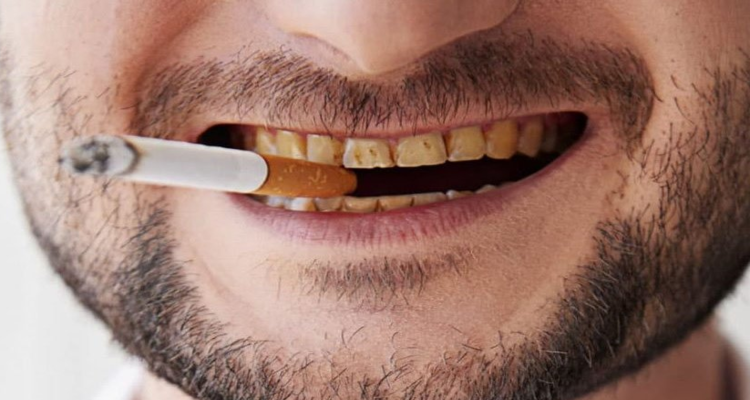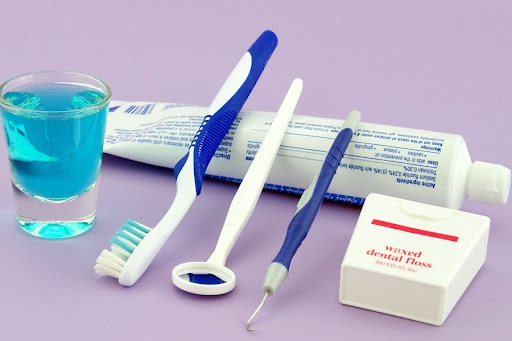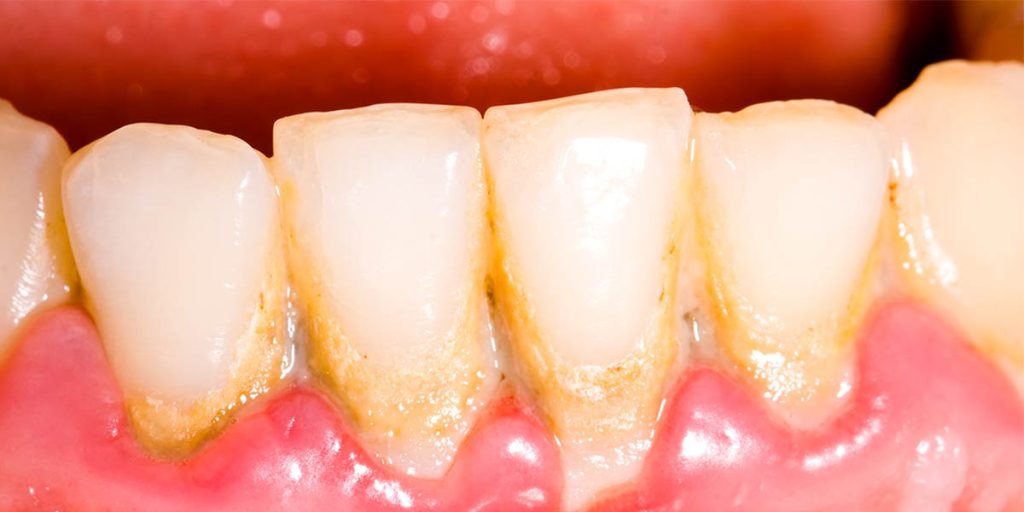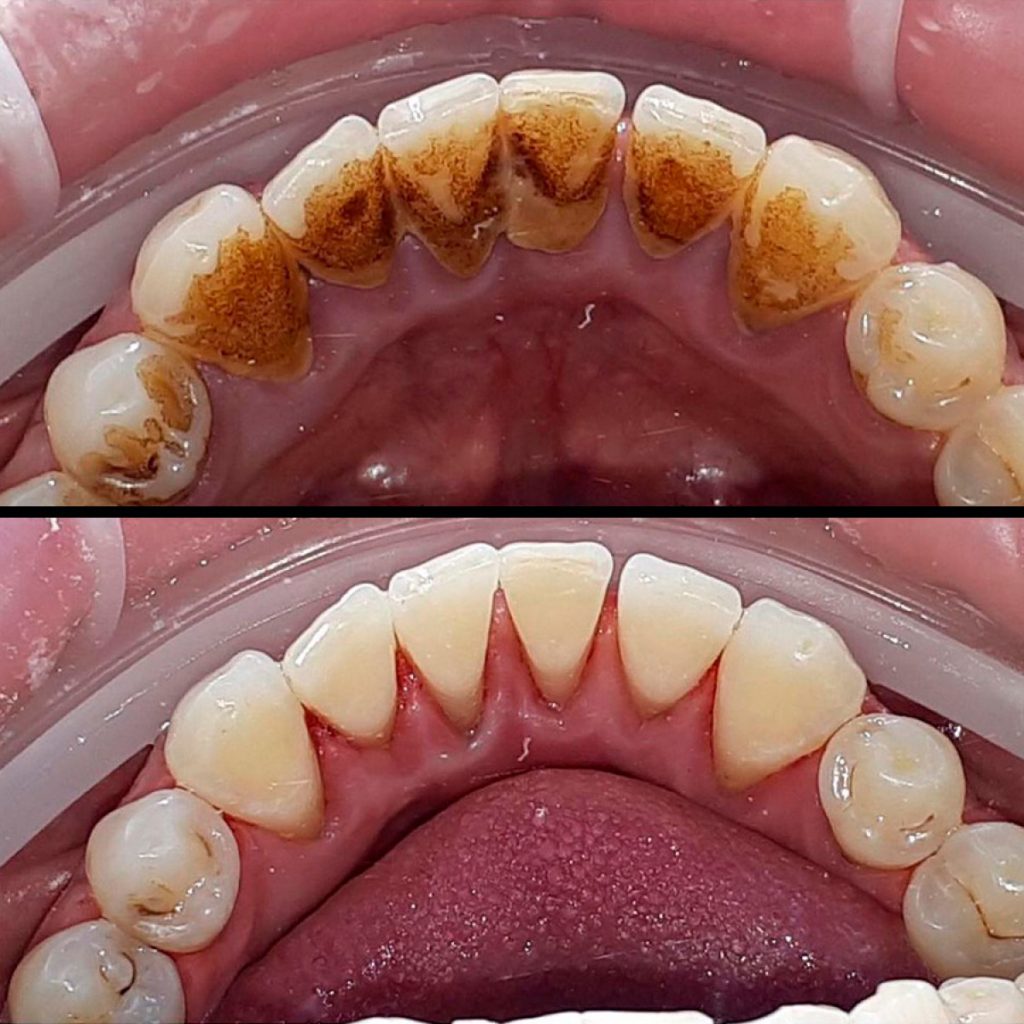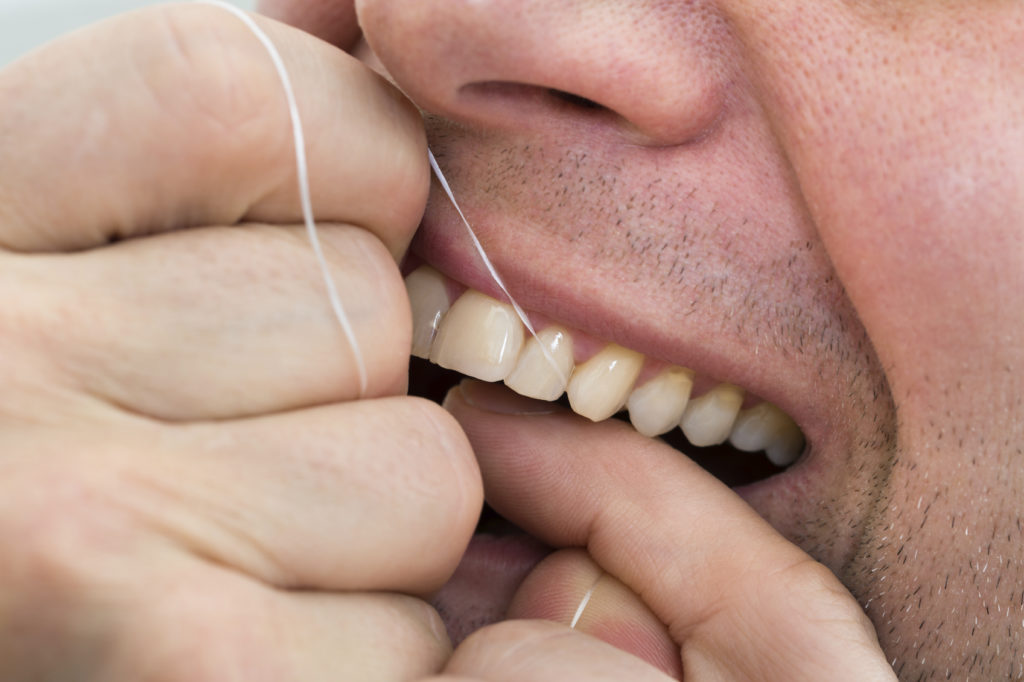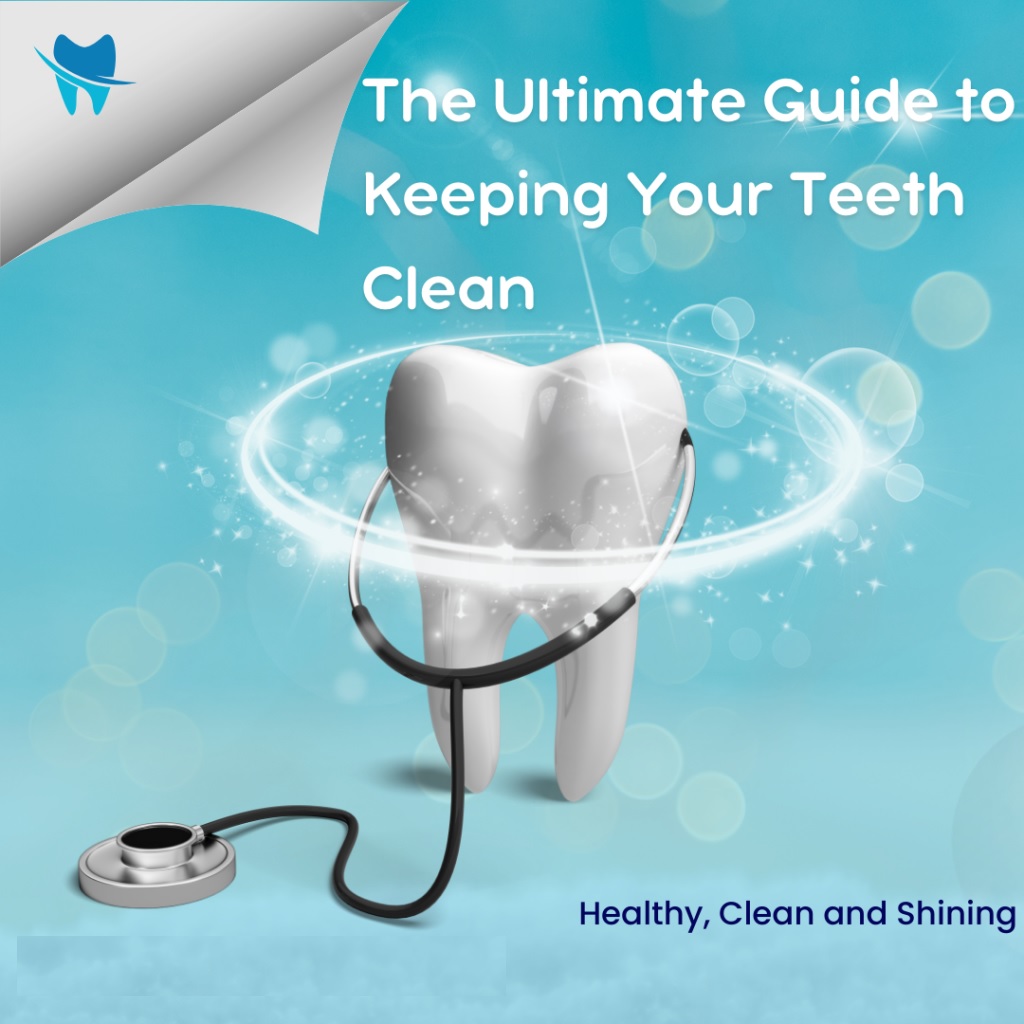How to Stop Gums from Bleeding When Flossing
Table of Contents
- Introduction
- Common Causes of Bleeding Gums When Flossing
- Proper Flossing Technique
- Oral Hygiene Tips to Prevent Bleeding Gums
- Dietary and Lifestyle Changes
- When to See a Dentist
- Home Remedies and Treatments
- Conclusion
1. Introduction
Bleeding gums when flossing is a common issue that many people encounter. While it can be a sign of gum disease, it can also result from improper flossing techniques or inadequate oral hygiene. Understanding the causes and how to address them can help you maintain healthy gums and prevent further complications.
2. Common Causes of Bleeding Gums When Flossing
Bleeding gums can result from several factors, including:
- Gingivitis: The initial stage of gum disease, characterized by inflammation and bleeding gums.
- Periodontitis: A more advanced form of gum disease that can cause severe gum bleeding, receding gums, and tooth loss.
- Improper Flossing Technique: Flossing too harshly or incorrectly can damage the gums and cause bleeding.
- Plaque Buildup: Accumulated plaque can irritate the gums, leading to bleeding when disturbed by flossing.
- Medication: Certain medications, such as blood thinners, can increase the likelihood of gum bleeding.
3. Proper Flossing Technique
Flossing correctly is crucial to prevent gum damage and bleeding. Follow these steps for effective and gentle flossing:
- Use the Right Length: Cut a piece of floss about 18 inches long. Wind most of it around each middle finger, leaving about 1-2 inches of floss to work with.
- Hold the Floss Tightly: Hold the floss between your thumbs and index fingers, leaving a small section of floss between them.
- Slide Gently: Gently slide the floss between your teeth using a back-and-forth motion. Avoid snapping the floss into your gums.
- Curve the Floss: Curve the floss into a C-shape around each tooth and slide it under the gumline. Gently move the floss up and down, removing plaque and debris.
- Use a Clean Section: Use a clean section of floss for each tooth to avoid transferring plaque.
4. Oral Hygiene Tips to Prevent Bleeding Gums
Maintaining good oral hygiene is essential for healthy gums:
- Brush Twice Daily: Use a soft-bristled toothbrush and fluoride toothpaste to brush your teeth at least twice a day. Focus on brushing gently along the gumline.
- Floss Daily: Incorporate daily flossing into your routine to remove plaque and food particles from between your teeth.
- Use Mouthwash: Rinse with an antiseptic mouthwash to kill bacteria and reduce inflammation.
- Replace Your Toothbrush: Change your toothbrush every three months or sooner if the bristles are frayed.
5. Dietary and Lifestyle Changes
Diet and lifestyle play significant roles in gum health:
- Eat a Balanced Diet: Consume a diet rich in vitamins and minerals, particularly vitamin C and calcium, to strengthen your gums.
- Stay Hydrated: Drink plenty of water to keep your mouth moist and wash away food particles.
- Avoid Tobacco: Smoking and using tobacco products can exacerbate gum disease and hinder healing.
- Limit Sugary Foods: Reduce your intake of sugary and acidic foods that can contribute to plaque buildup.
6. When to See a Dentist
If your gums continue to bleed despite good oral hygiene practices, it’s essential to see a dentist. Persistent bleeding can indicate more serious conditions like advanced gum disease or systemic health issues. Your dentist can provide a thorough examination, professional cleaning, and personalized advice.
7. Home Remedies and Treatments
Several home remedies can help alleviate bleeding gums:
- Salt Water Rinse: Mix 1/2 teaspoon of salt in a glass of warm water and rinse your mouth to reduce inflammation and kill bacteria.
- Hydrogen Peroxide: Rinse with a mixture of equal parts water and hydrogen peroxide to reduce bacteria and promote healing.
- Tea Bags: Apply a used tea bag (cooled) to the affected area. The tannic acid in tea can help reduce bleeding.
- Aloe Vera: Apply aloe vera gel directly to the gums to soothe inflammation and promote healing.
- Vitamin Supplements: Consider taking supplements if you’re deficient in essential vitamins like vitamin C and K.
8. Conclusion
Bleeding gums when flossing can be a sign of various issues, from improper technique to underlying gum disease. By adopting proper flossing methods, maintaining good oral hygiene, making dietary changes, and using home remedies, you can improve your gum health and prevent bleeding. If the problem persists, seek professional dental advice to ensure there are no serious underlying conditions.
Maintaining healthy gums is crucial for overall oral health, and with the right care and attention, you can enjoy a pain-free and confident smile.



